If you've been curious about how to make a matcha latte from scratch, you're going to love this simple vanilla matcha latte recipe. It's so cozy, so satisfying, and just as good as what you can get from a local tea or coffee shop, minus the latte art!
This recipe contains no added sugar or other glucose-spiking sweeteners, such as maple syrup, simple syrup, vanilla syrup, agave nectar, coconut sugar, or honey. Unlike traditional latte recipes made with whole milk, this recipe uses non-dairy milk, so you can pick your favorite milk alternative!

Jump to:
- Is Matcha from China or Japan?
- Which Matcha Powder Is Best for Lattes?
- What Are the Health Benefits of Matcha?
- Is a Bamboo Whisk Necessary for Making Matcha?
- What's the Best Milk Alternative for Matcha Lattes?
- Ingredients for Vanilla Matcha Latte
- How to Make a Vanilla Matcha Latte
- Substitutions
- Equipment
- Top Tips
- Recipe
- Related
Is Matcha from China or Japan?
Matcha tea originated in China over a thousand years ago and was later brought to Japan by a Zen Buddhist. In traditional Japanese tea ceremonies, matcha is mixed with hot water and served as a thick tea.
While high-quality matcha is exclusively sourced from Japan, the use of matcha has since expanded across the globe. You can find many creative recipes, such as matcha-spiked smoothies, pancakes, cookies, and various ice cream treats. Matcha can also be used to add a vibrant green color to frosting or cheesecake instead of artificial food coloring.
Which Matcha Powder Is Best for Lattes?
You may have heard of different grades of matcha, such as ceremonial grade and culinary grade. Ceremonial grade is more expensive than culinary grade and it is generally the best choice for making matcha tea.
Either choice is suitable for this matcha latte recipe, but if you would like to learn more, check out my article on the differences between ceremonial and culinary grade matcha.
What Are the Health Benefits of Matcha?
An extensive list of health benefits associated with consuming matcha has been validated by science. For example, matcha supports brain health, heart health, and even weight loss. In addition, green tea may be an effective anti-viral treatment for some types of diseases, but more research is needed.
If you want to dig deeper into the health benefits of matcha, the nutritional differences between grades of matcha, or whether drinking matcha is better for you than drinking coffee, you can find this information in my article about the real differences between ceremonial and culinary grade matcha.
Is a Bamboo Whisk Necessary for Making Matcha?
While a bamboo whisk, or chasen, is used in traditional Japanese tea ceremonies, a traditional matcha whisk isn't essential to making a cup of matcha tea. Before you go out and purchase a bamboo whisk and any other specialized equipment for making matcha, take a look at this guide to the best whisk for making matcha lattes.
What's the Best Milk Alternative for Matcha Lattes?
Many non-dairy milk options are available on the market, but not all are created equal. Some are easier to froth than others, some retain their frothed state better, some have a creamier texture, and some are healthier than others.
Oat milk is often recommended for making a dairy-free matcha latte, due to its creamy texture and sweet taste, but it is not the best choice for maintaining stable blood sugar. Soy milk is another popular option, but it also comes with some significant health disadvantages.
My top recommendations are almond milk and coconut milk, but if you need help deciding which option is best for you, check out my article on the best dairy-free milk alternatives for matcha lattes.
Ingredients for Vanilla Matcha Latte
Making your own matcha latte requires just a few simple ingredients.
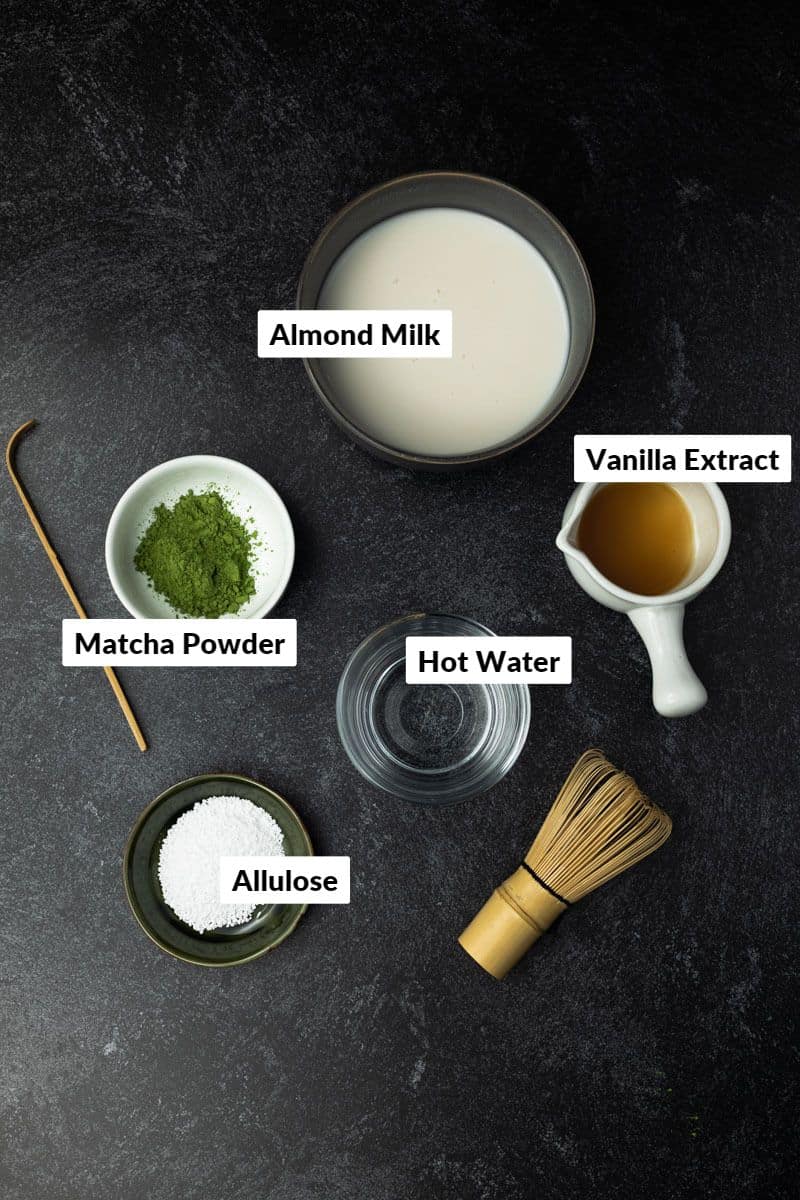
- Hot Water - filtered water is best.
- Ceremonial Grade Matcha Powder - be sure to use organic to avoid pesticides, and stone-ground for a smooth powder that will not require sifting.
- Vanilla Extract - this will elevate the flavor of your latte. If you have some vanilla bean paste on hand, use it instead of vanilla extract to make this recipe even better!
- Allulose - this is a plant-based sweetener that is far less sweet than regular table sugar. It has zero glycemic impact and does not cause an upset stomach. This ingredient is completely optional. Use it if you prefer to offset any bitter taste in your matcha.
- Unsweetened Almond Milk - a vanilla-flavored almond milk is also a good option if you can find one that is unsweetened and does not contain any unnecessary additives.
How to Make a Vanilla Matcha Latte

Add a teaspoon of matcha powder to a 10-ounce mug or small bowl. If you are using high-quality matcha, there is no need to sift the fine powder.

Add hot tap water to the mug. Alternatively, you can heat cold water in the microwave for about 30 seconds. The water should not be boiling.

Using a small whisk, combine the matcha green tea powder with the hot water. This will create a thick and smooth tea.

Add the vanilla and allulose (if using) and whisk to incorporate.

Add your milk of choice to a small saucepan and heat until nearly boiling. To preserve the antioxidants in the matcha, you can use a food thermometer to ensure the temperature is at or below 175° Fahrenheit.

Whisk the milk in a back-and-forth motion to create a froth.

Pour the frothed milk into the mug and enjoy your cozy cup of vanilla matcha latte!
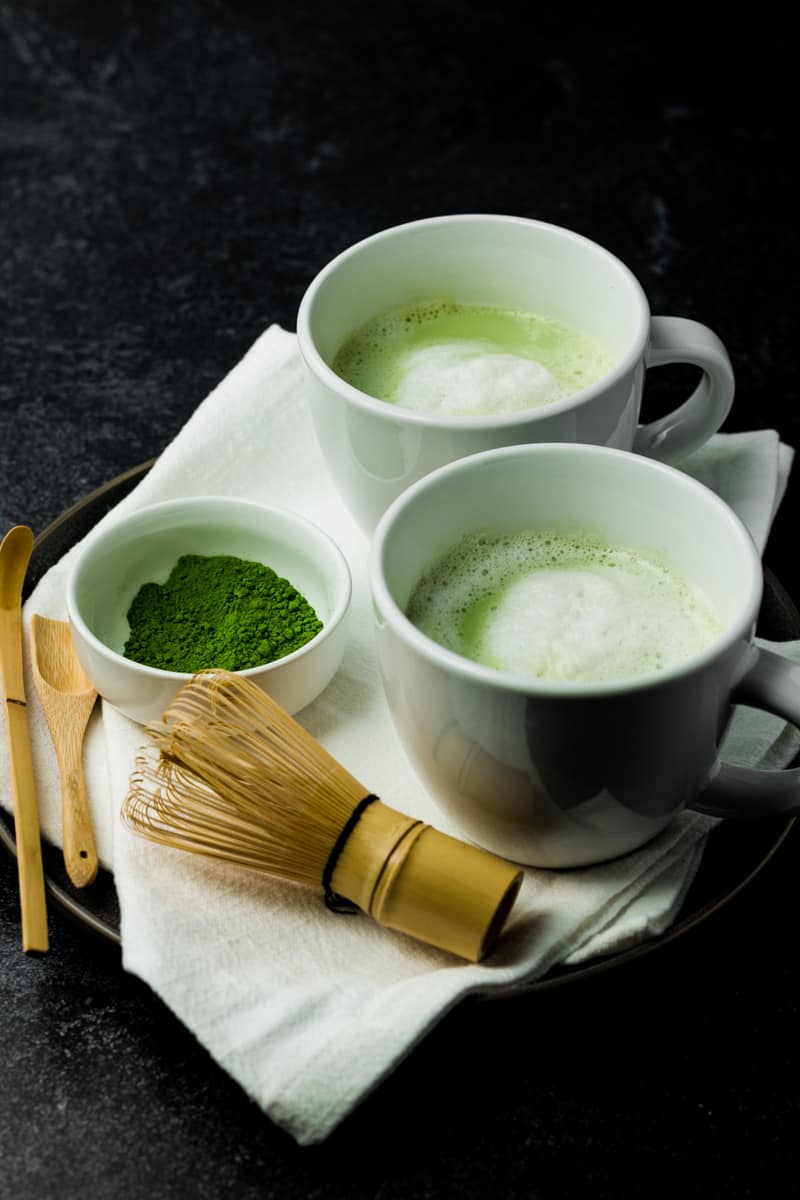
Substitutions
- If you prefer to use a different type of milk, but aren't sure which one to choose, here's a guide to the best dairy-free milk alternatives for matcha lattes.
- If you prefer a different type of sweetener that will not spike your blood sugar, you can try using stevia or monk fruit instead. Both of these options are much sweeter than allulose, so be sure to follow the package instructions on how much you should use.
Equipment
When making a latte, my favorite piece of kitchen equipment for heating the milk is a saucepan with a pour spout and curved handle. Once heated, I froth the milk right in the pot and then pour it directly into the mug for serving.

The one I use also has measurement marks inside, which makes it a super convenient multi-tasker, leaving me with less equipment to wash afterward! Several brands make this style of saucepan, and you should be able to find one on Amazon.com.
Top Tips
- If you are having trouble getting your milk to froth, make sure you are heating it up to 175° Fahrenheit. A higher temperature will make it easier to create a fine froth.
- If you heat the milk above 175 degrees F, whisk it until it cools down to the desired temperature. It should only take 30-60 seconds.
- If you are using a bamboo whisk, don't forget to soak it in warm water for 10 minutes before using.
- To get the remaining froth out of the saucepan after pouring, use a spatula.
Recipe
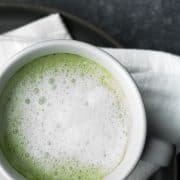
Simple Vanilla Matcha Latte
INGREDIENTS
- 1 teaspoon Ceremonial-grade matcha powder choose organic, stone-ground
- ¼ cup hot water
- ½ teaspoon vanilla extract
- 2 teaspoon allulose optional, I recommend RX Sugar, 1 scoop = 1 tsp
- 1 cup unsweetened almond milk
INSTRUCTIONS
- Add a teaspoon of matcha powder to a 10-ounce mug or small bowl.
- Add hot water to the mug. Using a small whisk, combine the matcha powder and water to create a thick and smooth tea.
- Add the vanilla and allulose (if using) and whisk to incorporate.
- Add the milk to a small saucepan and heat until nearly boiling. To preserve the antioxidants in the matcha, you can use a food thermometer to ensure the temperature is at or below 175° F.
- Whisk the milk in a back-and-forth motion to create a froth, pour it into the mug, and enjoy immediately!
NOTES
- Make sure to use a small whisk to create a froth more easily.
- Instead of using hot tap water, you can heat cold water in the microwave for about 30 seconds. The water should not be boiling.
- If you heat the milk above 175 degrees F, whisk it until it cools down to the desired temperature. It should only take 30-60 seconds.
- If you are using a stone-ground matcha powder, you will not need to sift the powder before mixing it with water.
- If you are using a bamboo whisk, don't forget to soak it in warm water for 10 minutes before using.
- If you are having trouble getting the froth out of the saucepan after pouring, using a spatula will do the trick!

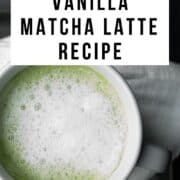
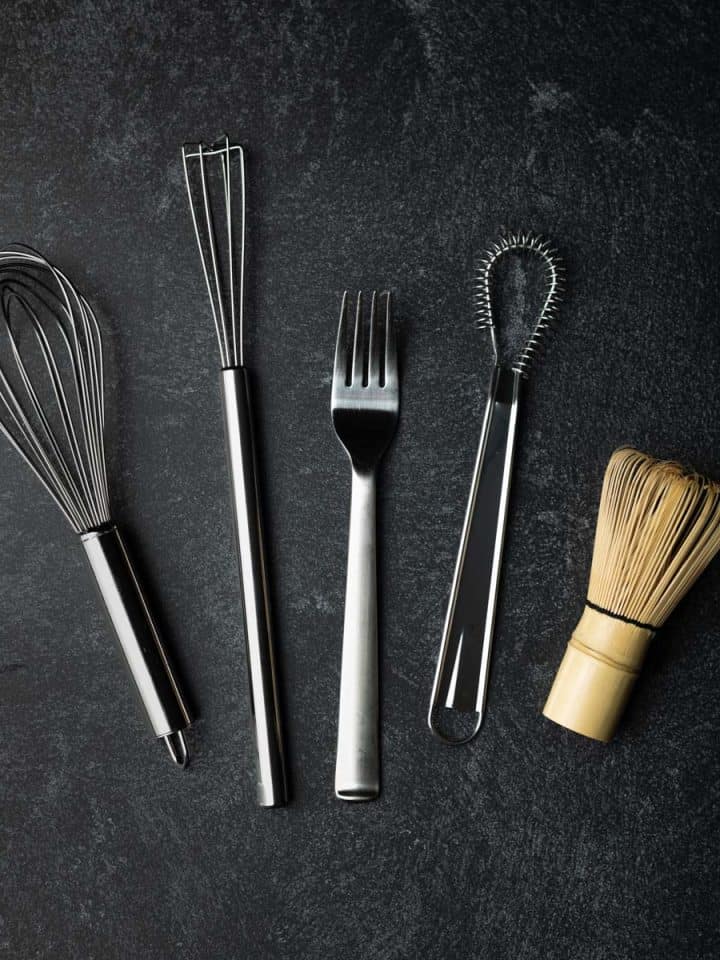


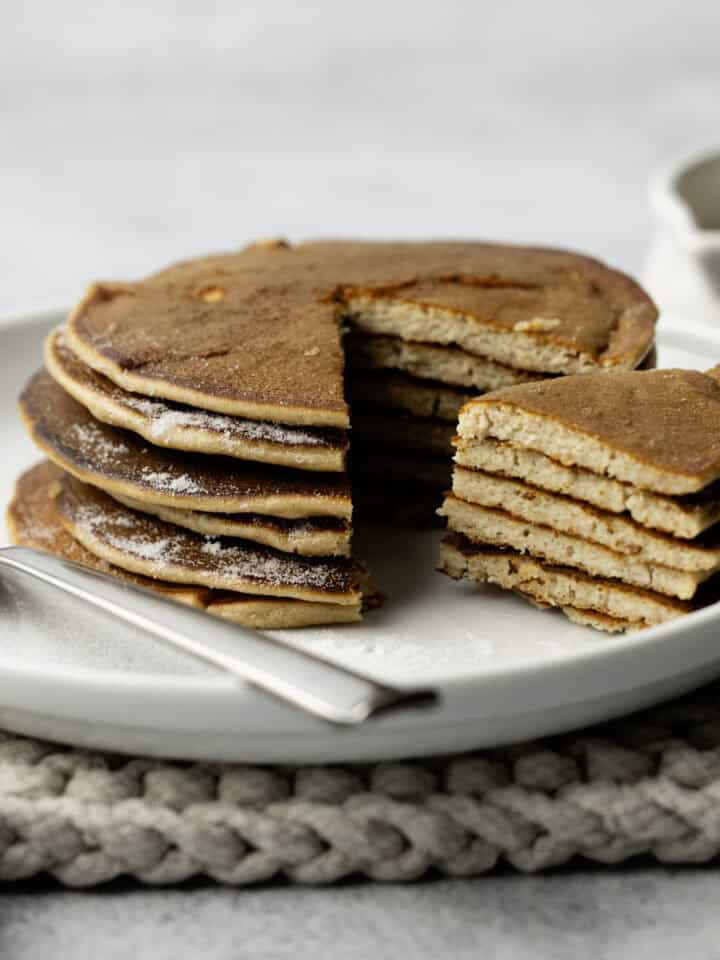
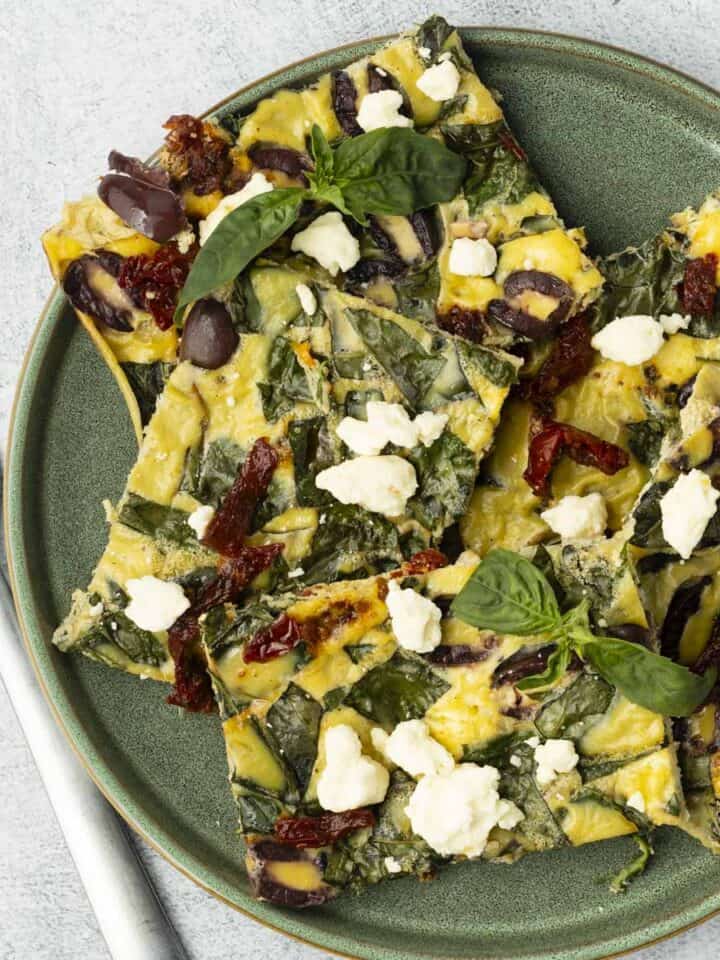
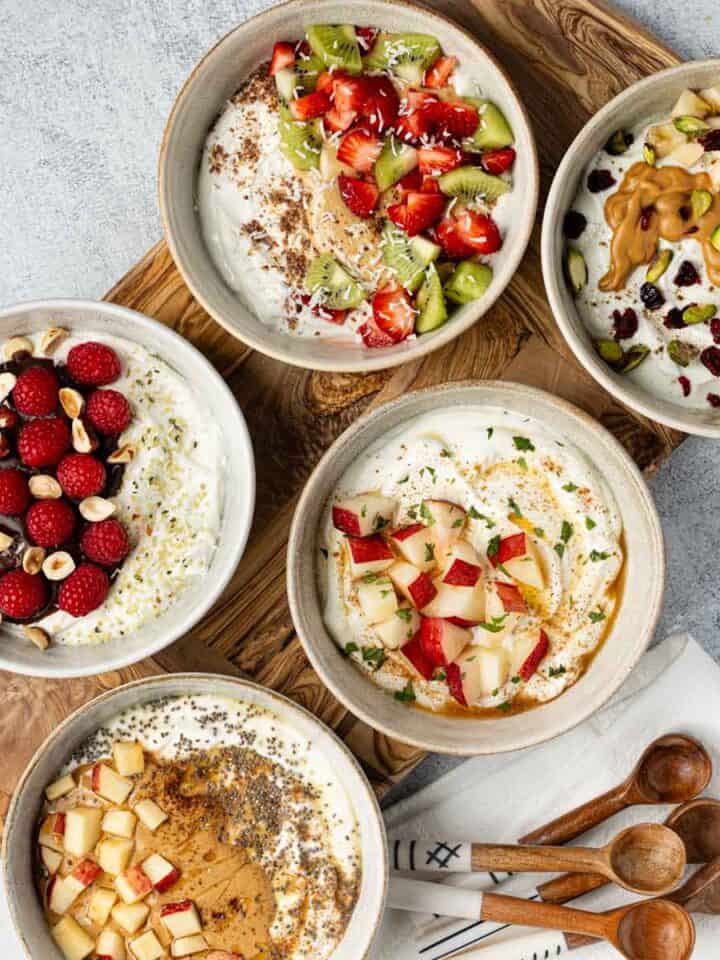
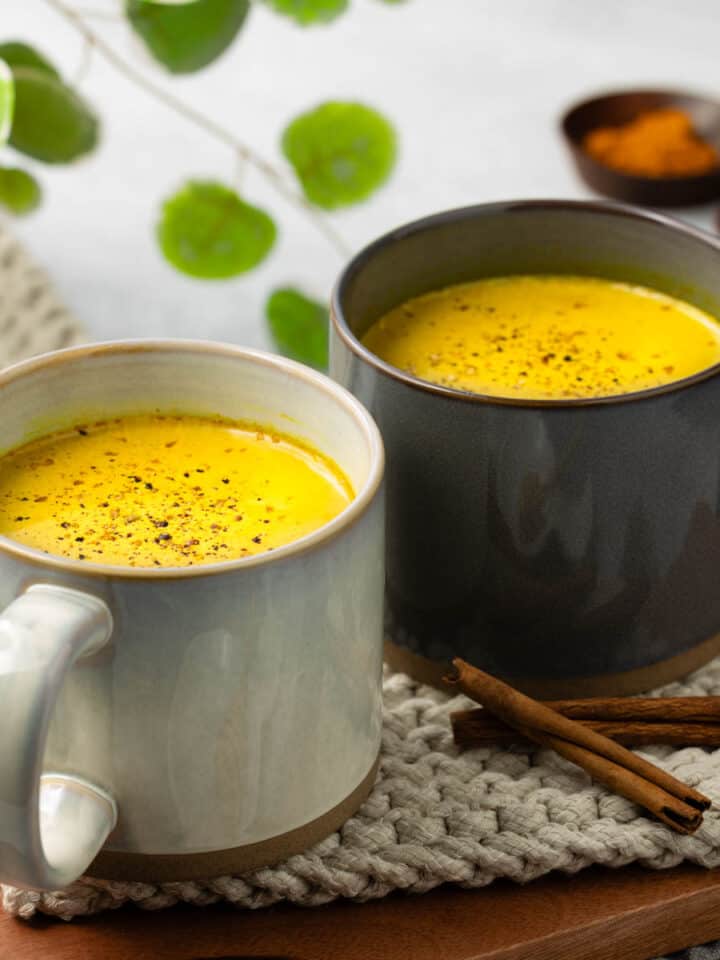
Bell says
This recipe is delicious! It’s so fun to make interesting designs using the white froth
Elcy Wang says
Thank you, Bell! I'm glad you gave my recipe a try. Enjoy!!